









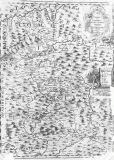
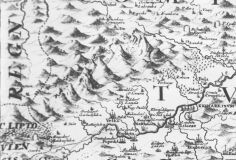
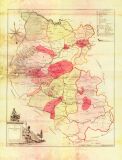
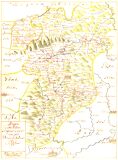


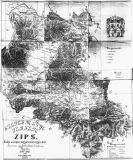
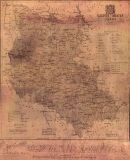
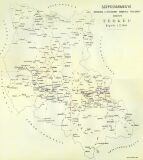
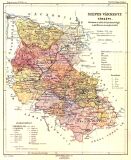
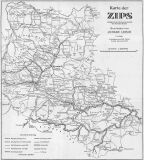
|
which is at the same time my invitation for you to visit this wonderful pearl of Slovakia. Welcome! Rudolf Kukura |
|
Spiš | Gemer | Liptov | Horehronie | Slovak Paradise | High Tatras | Low Tatras | Belianske Tatras
Pieniny | Spiš Castle | St. James’s Church | castle of Stará Ľubovňa | Krásna Hôrka | AquaCity | Bešeňová | Tatralandia | Vrbov | Vyšné Ružbachy
© All rights reserved. No part of this website may be reproduced, stored in any database, or transmitted in any form or by any means, electronic, mechanical, photocopying, recording or otherwise, without the prior written permission of the authors.
It is only allowed to print the website for your own personal use.


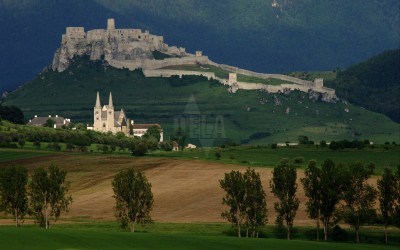 SPIŠ, A TREASURY OF SLOVAKIA, is from a certain point of view very similar to Switzerland. The Spiš county could be compared to a Swiss canton. It has its own self-government and a peculiar culture. Every county developed independently from the others. It had its own dialect, folk-dress and verbal communication. People living in different counties had different characters and cultural habits. Every county is unique and non-repetitive. Spiš belongs to counties that are rich on natural beauties, educated labour-force and attractive cultural monuments.
SPIŠ, A TREASURY OF SLOVAKIA, is from a certain point of view very similar to Switzerland. The Spiš county could be compared to a Swiss canton. It has its own self-government and a peculiar culture. Every county developed independently from the others. It had its own dialect, folk-dress and verbal communication. People living in different counties had different characters and cultural habits. Every county is unique and non-repetitive. Spiš belongs to counties that are rich on natural beauties, educated labour-force and attractive cultural monuments.